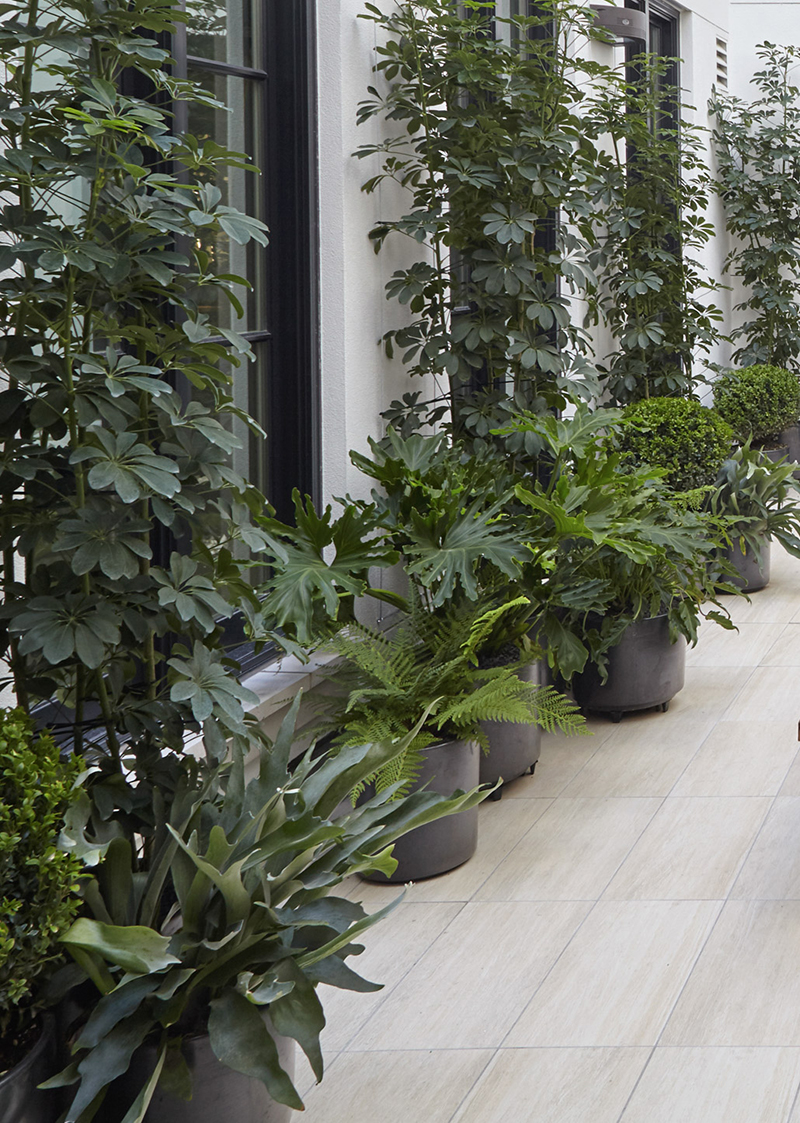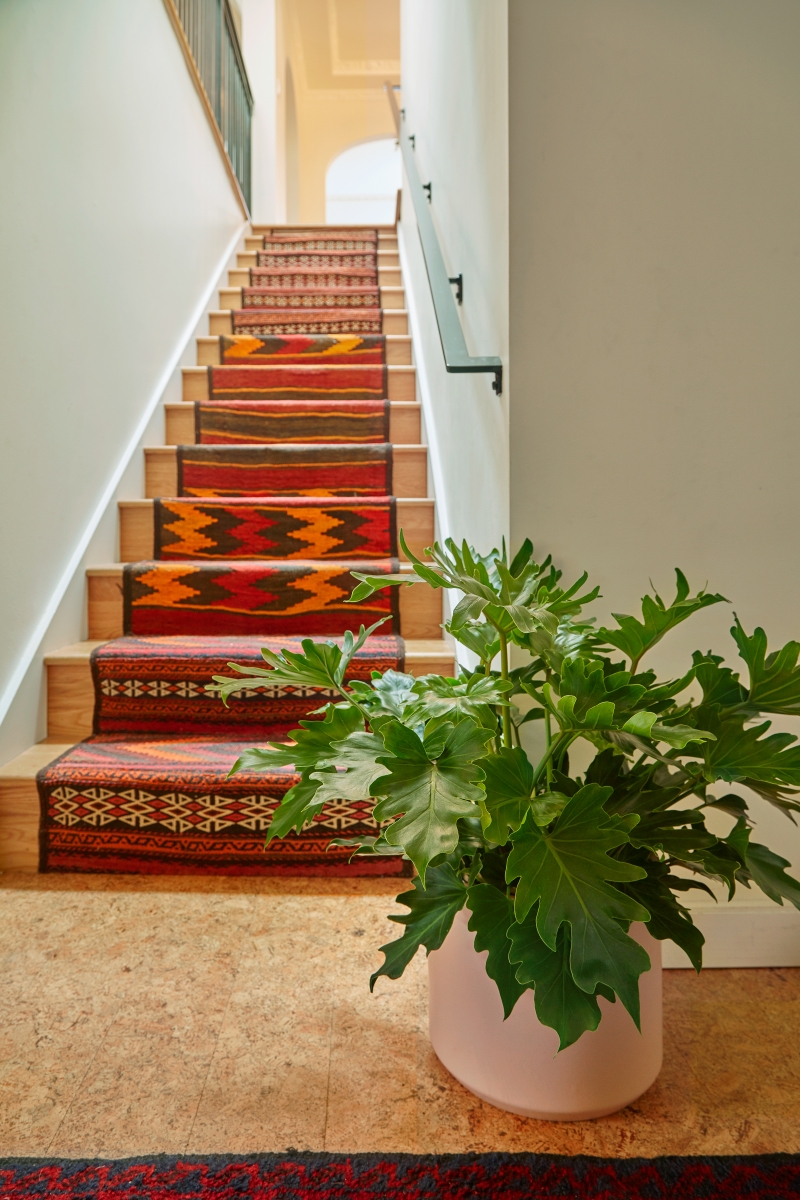


| height | 3–5 | |
| width | 3–6 | |
| tolerates | Heat, Pots | |
| water needs |
Moderate | |
| water info |
Philodendrons are more tolerant of drought than their tropical appearance would suggest. Once they’re established outdoors, they can even survive in a shady spot without additional water, though the leaves will be fewer and smaller, giving them a little crown instead of a big lush crown. To keep them looking their best, give them water every week or two once established, or more if they are inland or in some sun. Indoors this plant wants water when the top of the soil is dry, but you can still feel moisture just below the surface. This plant will often fall into a once-a-week watering cycle, but remember that your watering should be based on the moisture left in the soil, which will depend partly on the moisture in the room and the weather outside. The soil surface goes a bit deeper for larger pots; for example, a plant in a 14-inch diameter pot should dry out a couple of inches deep before you water it, while a plant in a 4-inch pot will only want to dry out in the top half inch or so of soil. Drooping leaves or a small crown with dwarfed leaves are signs of underwatering. |
|
| hardy to |
25F | |
| exposure | Part Sun – Part Shade | |
| indoor outdoor |
Outdoor | |
| drainage | In Ground: Planting Mix, In Pots: Potting Soil | |
| fertilizing | All Purpose | |
| origin | Hybrid | |
| california native |
No | |
| sunset zones |
9, 12–24, H2 |
Full Sun
Six or more hours of sun beams directly landing on the plant's leaves.
Part Shade
Three to five hours of sun beams directly landing on the plant's leaves.
Part Sun
One to two hours of sun beams directly landing on the plants leaves.
Full Shade
The plant is never fully lit by sun beams,
but is in a bright spot or has dappled sunbeams playing over the leaves throughout the day.
Deep Shade
The plant never has dappled light on the leaves, and is in a place that feels dim, even on a nice sunny day.
